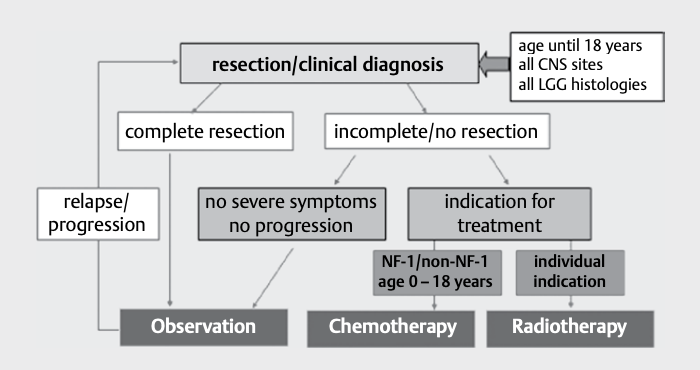
Glioblastomas, also known as Glioma of the Brain, are an extremely aggressive and potentially dangerous form of cancer in which there is an abundance of tumor cells in the brain. Grade 3 astrocytoma, the slowest growing and most benign form, is the third most commonly diagnosed type. It typically spreads rapidly through the brain. Primary glioma, the second most common form, occurs much later in life and usually starts to show signs and symptoms later in life. In both types, the primary type is much more likely to spread to the lungs or other parts of the body.
As gliomas become larger, they often have problems with spreading to other parts of the body. These tumors can form large masses, which are termed as microgliomas, that extend to other areas of the brain and other body organs. Sometimes, these microgliomas can invade and start to cause damage. When a glioma grows and spreads out of control, it may begin to affect other parts of the body. The symptoms and progression of this type of brain cancer can be very alarming, but with early diagnosis, gliomas can be treated and often cured.
Gliomas are a form of brain cancer that are not typically life threatening or fatal
The most serious forms of gliomas are malignant. In general, gliomas are benign tumors that grow in various parts of the brain and the nervous system; they typically cause no problems.
In a primary glioma, the tumor itself becomes lodged into a blood vessel in the brain, resulting in death. Secondary gliomas, which generally begin to form in the second decade of life, have difficulty reaching their destination and are more likely to have problems with spreading, because their tumor cannot be trapped within the blood vessel.
In primary gliomas, when the tumor is present, doctors will typically do an MRI to look for tumors and to locate the tumor's origin. If the MRI does not show any abnormalities, it is generally treated by surgery or radiation therapy. Sometimes, if the tumor cannot be surgically removed or the tumor is too large, it is often left alone, while in some cases, it may be removed and treated.

In the past, the treatments for this type of brain cancer were mostly non-surgical and chemotherapy and surgical. However, new technologies are developing continually, and doctors are discovering new ways to treat gliomas. Radiation therapy, the latest form of treatment, is used to treat primary and secondary gliomas.
Radiation therapy, which involves exposure to x-rays, has been proven to be very effective for treating gliomas. In some patients, radiotherapy drugs kill or remove the tumor cells. If the tumor is large, the drug is injected directly into the tumor, thus killing it. In addition to treating the tumor, it can also help reduce other side effects and symptoms associated with gliaoma.
Radiation therapy is administered at a higher dose over a longer period of time
It has the potential to reduce the amount of tumor that develops, but is known to be very harmful to any surrounding tissue. In the case of glioma, prolonged exposure may result in the growth of new tumors in the surrounding areas.
The use of this form of treatment is limited and monitored by a team of specialists, including radiation oncologists, oncology nurses and radiation oncology technologists. These people work together to keep track of radiation dosages being administered. If the radiation dosage is too high or too low, they should monitor the patient closely.
Radiotherapy drugs are given to patients to treat glioblastomas, either alone or in combination with surgery. Surgery is usually used to remove the tumors and other types of glioma. in order to prevent any further growth. From the time of surgery, patients should follow all the instructions that come with the procedure and take precautions to prevent any recurrence of the disease.
Surgery may be used to remove only a part of the tumor, such as just the head of the tumor or just a part of the brain, or it may be used to remove the whole tumor, which can reach other areas of the brain. Depending on the type of surgery, the doctor may recommend that patients continue with cancer treatment until the cancer is completely gone, or wait for a second surgery to remove the remaining portions of the brain and skull. Radiation therapy can also be used in conjunction with surgery in order to minimize further growth of the tumor.